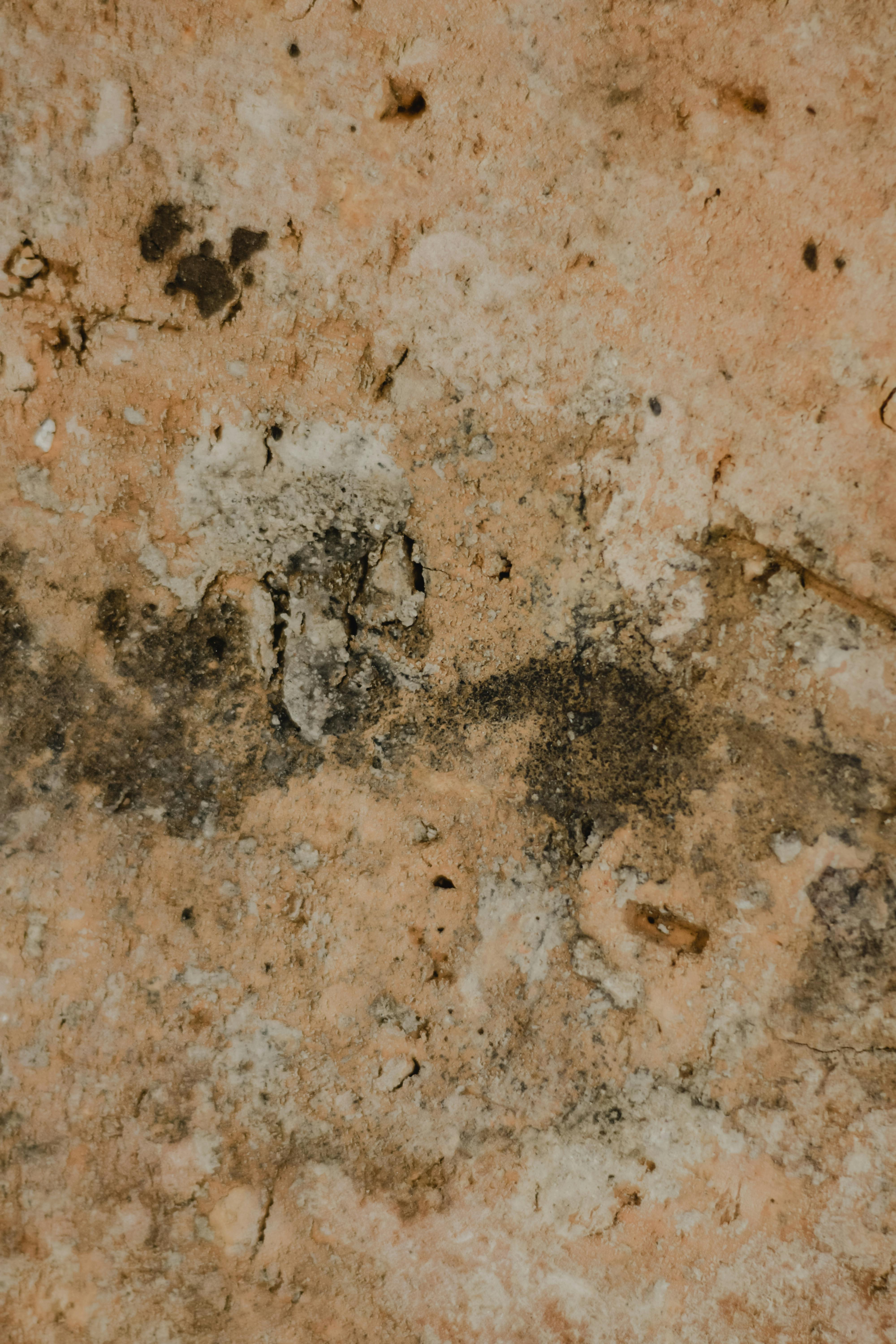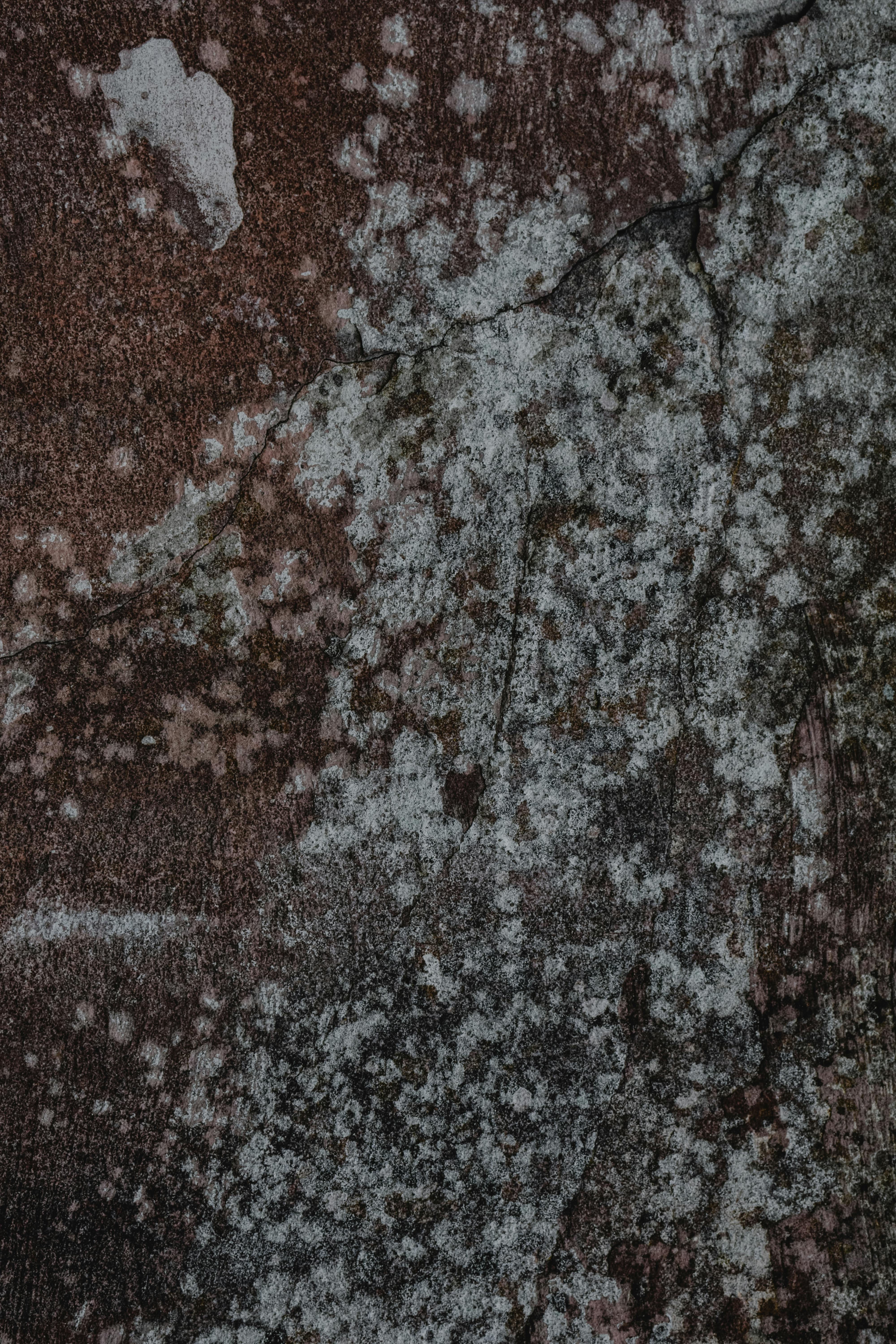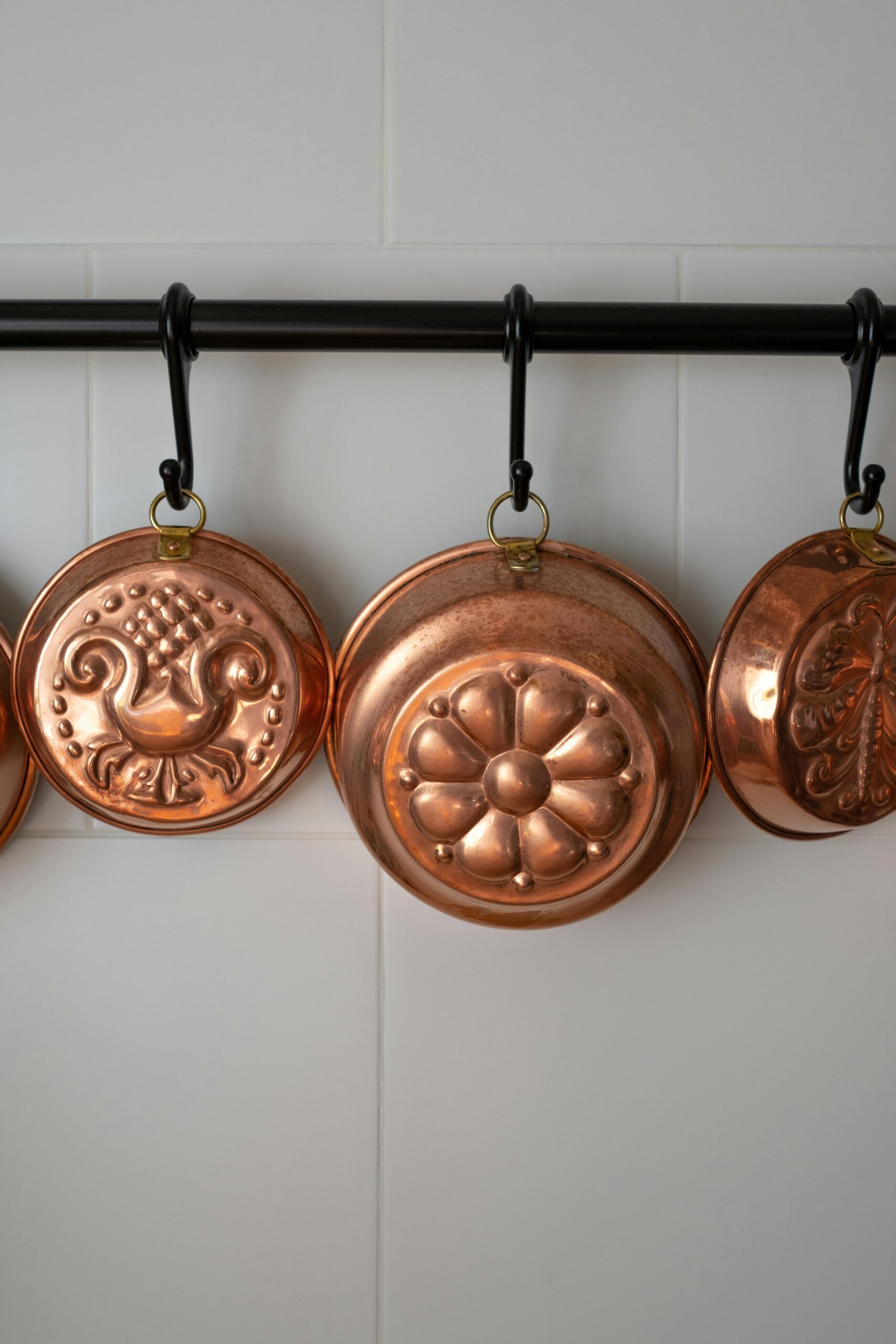Understanding Schimmel Wand
What is Schimmel Wand?
The term **Schimmel Wand** refers to a specific type of wall damage caused by moisture and mold growth. This phenomenon often occurs in homes and buildings, particularly in areas with high humidity, poor ventilation, or water leaks. The presence of **Schimmel Wand** is not just an aesthetic issue; it can pose serious health risks and compromise the structural integrity of the building. Understanding what **Schimmel Wand** is, how it develops, and effective ways to prevent and treat it is crucial for homeowners and tenants alike.
Causes of Schimmel Wand
Several factors contribute to the formation of **Schimmel Wand**. Primarily, excess moisture is the most significant cause. This can stem from various sources, such as plumbing leaks, roof leaks, or condensation from high humidity levels. Poor insulation and lack of proper ventilation exacerbate these issues, resulting in a stagnant environment where mold can thrive. Environmental conditions also play a role; areas with a lot of rainy days or high humidity can be particularly susceptible to issues related to **Schimmel Wand**. It’s essential to maintain a dry environment and address any water leaks promptly to prevent the growth of mold and mildew.

Health Implications of Schimmel Wand
The presence of **Schimmel Wand** not only damages the aesthetics of a property but also leads to various health issues. Mold spores can trigger allergic reactions, respiratory problems, and skin irritations. Individuals with asthma or compromised immune systems may experience more severe health complications upon exposure. Therefore, it’s crucial to tackle mold growth early on and, if necessary, consult a health professional for advice. Regular inspections and prompt interventions are key to ensuring a safe living environment, free from the adverse effects of **Schimmel Wand**.
Preventing Schimmel Wand
Preventing **Schimmel Wand** largely revolves around moisture control and ensuring a well-ventilated environment. Homeowners should ensure that their properties are adequately insulated, especially in attics and basements where moisture could accumulate. Installing dehumidifiers can greatly help in damp areas, and ensuring that bathrooms and kitchens have proper exhaust fans is essential. Regularly checking for leaks in roofs and plumbing systems can also mitigate the risks of water damage that lead to **Schimmel Wand** formation. A proactive approach, combined with routine maintenance, is the best strategy to keep mold at bay.
Maintenance Tips
Here are some practical maintenance tips to prevent **Schimmel Wand** from developing:
- Conduct regular inspections of your property for signs of water damage.
- Fix leaks immediately to prevent moisture buildup.
- Keep gutters clean and ensure proper drainage away from the foundation.
- Maintain indoor humidity levels below 50%.
- Use mold-resistant paints in damp areas.
Using Natural Remedies
Natural remedies can be effective in treating minor cases of **Schimmel Wand**. Solutions such as a mixture of water and vinegar or baking soda can help in cleaning small mold patches. Vinegar has antifungal properties and can help eliminate mold colonies on walls. For extensive mold infestations, professional help may be required as it can be hazardous to deal with such issues without proper safety measures. Always prioritize safety when dealing with mold and wear protective gear if you decide to tackle the problem yourself.

Addressing Existing Schimmel Wand
Once **Schimmel Wand** is detected, addressing it promptly is crucial. First, identify and eliminate the source of moisture to prevent further mold growth. If you’re dealing with a small area, you might be able to manage the cleanup yourself. However, larger infestations or mold deeply embedded in walls may require professional mold remediation services. Professionals use specialized techniques to remove mold safely, ensuring that spores do not spread throughout the home. This service may seem costly but is vital for long-term health and safety.
Steps for DIY Remediation
If you choose to tackle **Schimmel Wand** remediation yourself, follow these steps:
- Ensure the affected area is well-ventilated.
- Use protective gear such as gloves and masks to avoid inhaling spores.
- Prepare a mixture of water and a mild detergent or vinegar.
- Scrub the moldy area thoroughly and dry it completely.
- Monitor the area for any signs of re-growth.
When to Seek Professional Help
While DIY efforts can be effective for small instances of **Schimmel Wand**, it’s essential to know when to call in professionals. If the mold covers a large area (greater than 10 square feet), or if it’s found in HVAC systems or behind walls, professional mold remediation is highly recommended. Addressing these significant problems quickly will save significant costs and health risks in the long run.
Final Thoughts on Schimmel Wand
Understanding **Schimmel Wand** is essential for maintaining a safe and healthy living space. By recognizing the causes and implications of mold growth, homeowners can take preventative measures and act swiftly when issues arise. Whether through ongoing maintenance, natural remedies, or professional interventions, managing **Schimmel Wand** effectively ensures a healthier environment for everyone. Always remember, a proactive approach is essential in battling mold growth and keeping your home safe.
FAQ
1. How can I prevent Schimmel Wand in my home?
To prevent **Schimmel Wand**, maintain low indoor humidity levels, promptly repair leaks, use ventilation systems in high moisture areas like kitchens and bathrooms, and inspect your home regularly for signs of mold. Using mold-resistant materials during renovations can also be a proactive measure.
2. Is Schimmel Wand dangerous to my health?
Yes, **Schimmel Wand** can pose serious health risks. Mold spores can trigger allergic reactions, asthma attacks, and respiratory issues, especially in sensitive individuals. It’s crucial to address mold growth immediately to mitigate these risks.
3. What are the signs of Schimmel Wand?
Common signs of **Schimmel Wand** include discoloration on walls, musty odors, and visible mold growth. Additionally, the presence of condensation on windows or walls is a critical indicator of excess moisture leading to mold issues.
4. Can I use bleach to clean Schimmel Wand?
It’s not recommended to use bleach to clean mold because it may not effectively penetrate porous materials where mold often resides. Natural solutions like vinegar or commercial mold removers are preferred for comprehensive cleaning.
5. How much does professional remediation of Schimmel Wand cost?
The cost of professional remediation of **Schimmel Wand** can vary widely depending on the size of the affected area and the severity of the mold. On average, homeowners can expect to pay between $500 to $3000, with larger or more complex jobs costing significantly more.
6. Will my homeowners insurance cover Schimmel Wand damages?
Many homeowners insurance policies may cover mold damage if it results from a sudden and accidental occurrence, such as a pipe burst. However, coverage can vary, so it’s essential to review your policy and consult with your insurance agent.
